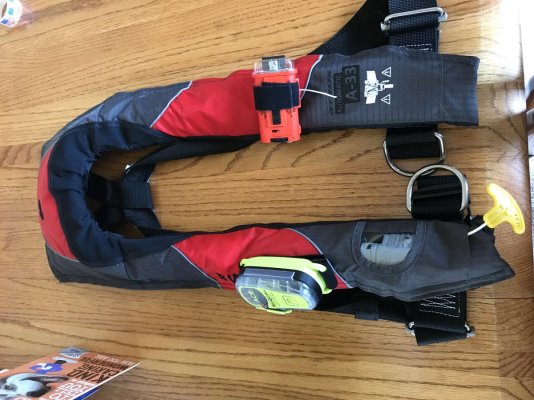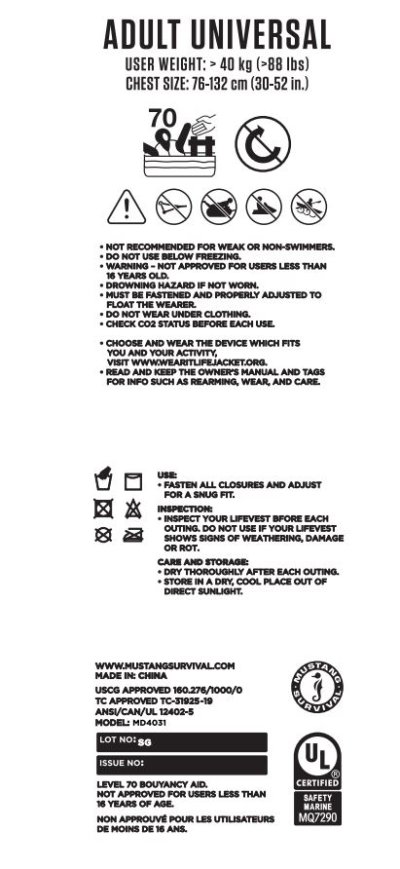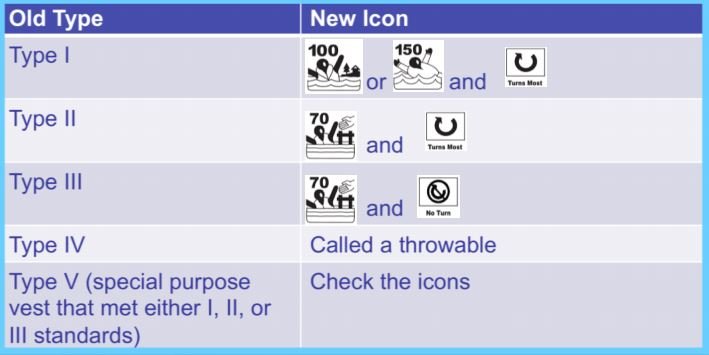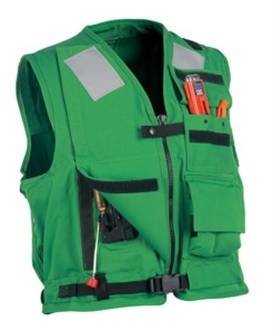danderer
Guru
It occurred to me recently that our PFDs are about 12-15 years old. They're in decent shape and we test them periodically but it may be time for a new set. I suspect the technology has improved a bit over the years, no?
Looking for inflatables without a harness that auto-inflate and can accept something like an AIS MOB. More buoyancy better than less, and as comfortable/non-intrusive as possible.
Any recommendations? Strangely enough I can't find any good boating-oriented reviews/comparisons done in the past few years.
I've heard a couple positive anecdotal comments about these: Mustang HIT Inflatable
Looking for inflatables without a harness that auto-inflate and can accept something like an AIS MOB. More buoyancy better than less, and as comfortable/non-intrusive as possible.
Any recommendations? Strangely enough I can't find any good boating-oriented reviews/comparisons done in the past few years.
I've heard a couple positive anecdotal comments about these: Mustang HIT Inflatable








